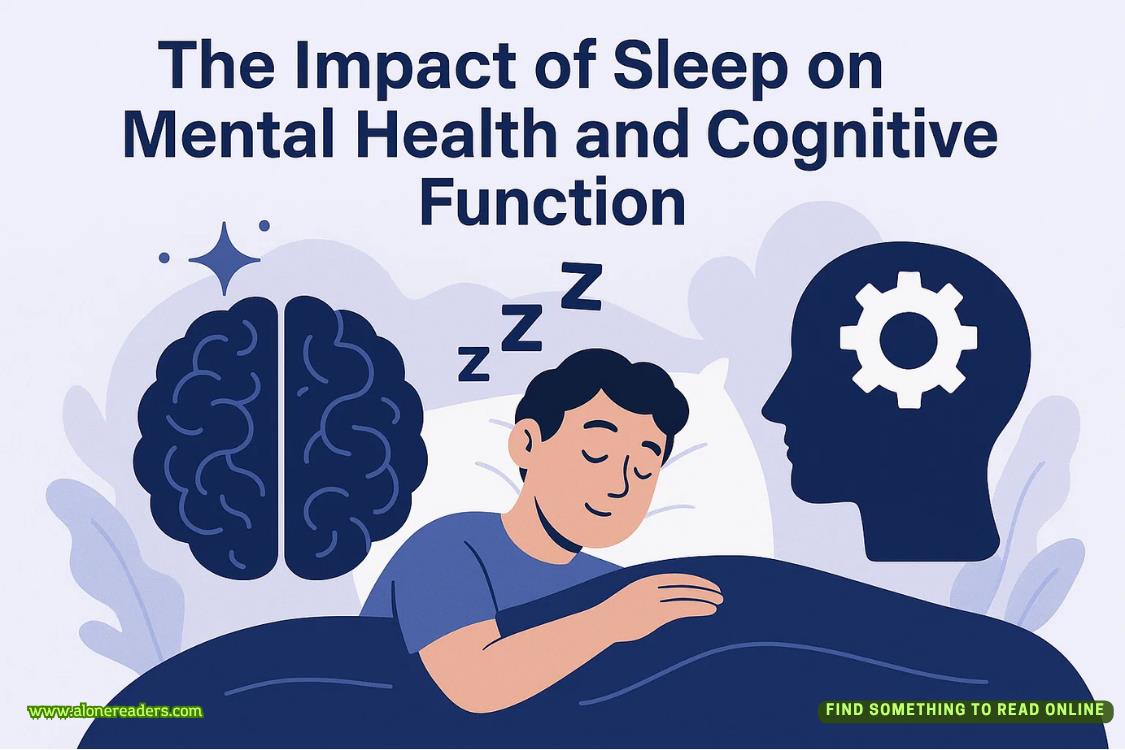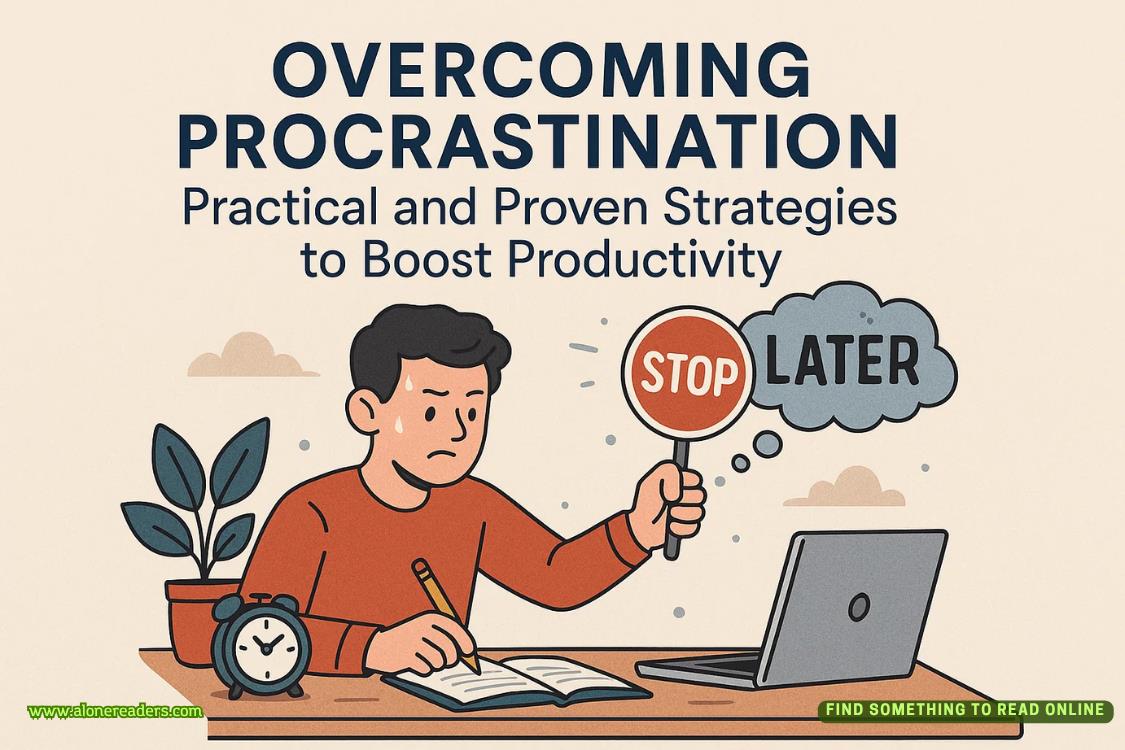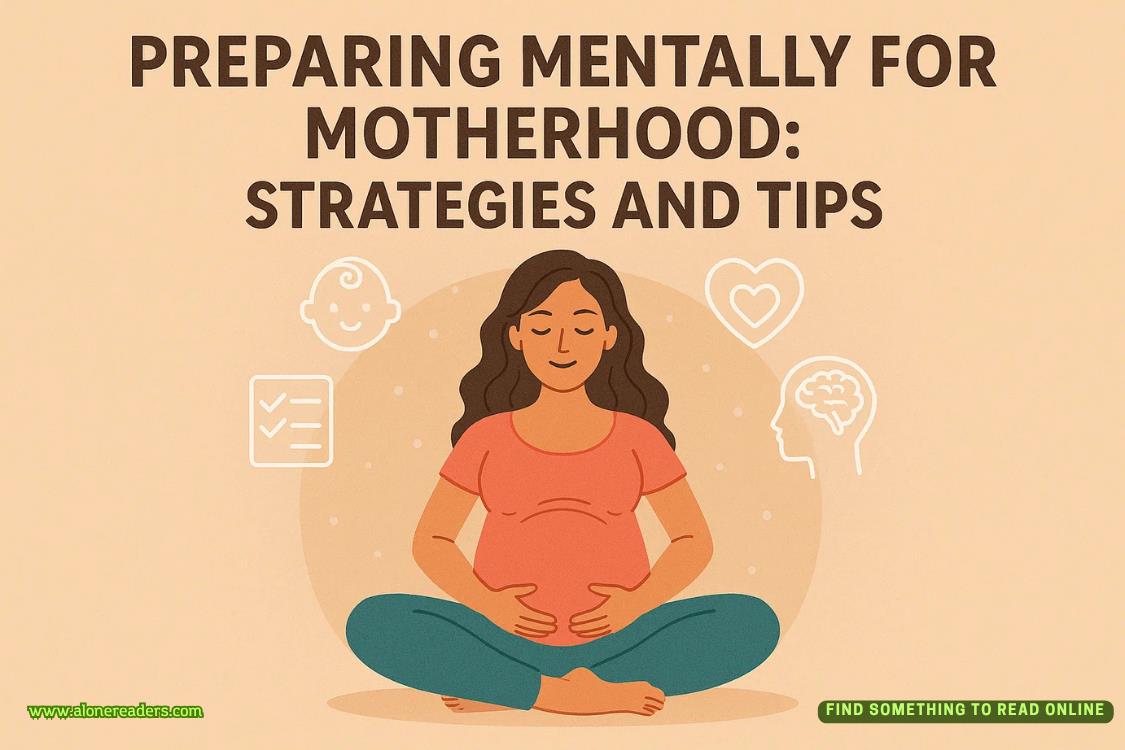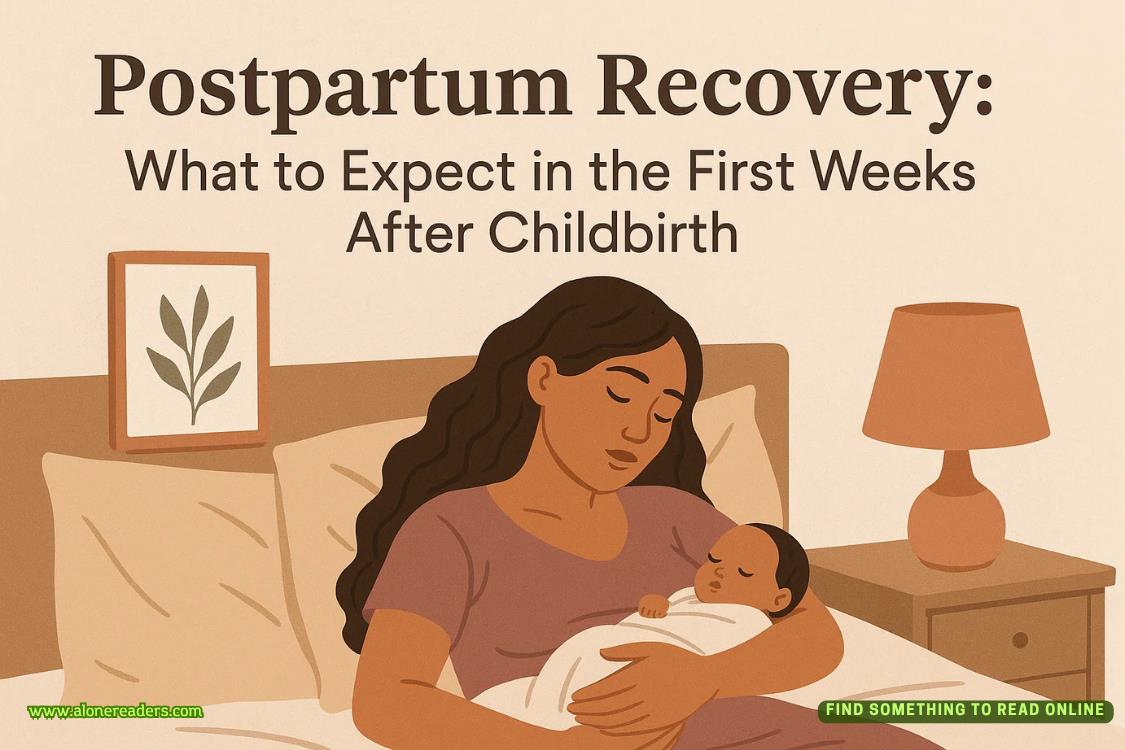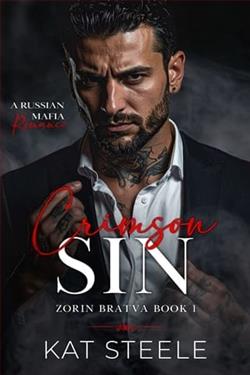Page 11 of Playmaker
Her frown deepened. “I understand that. But if you’d like tostaya hockey player, you might want to go a little easy on your knee, at least for a while.”
“During training camp?” I laughed again, sounding almost as panicked as I felt. “There’s no going easy on anything.”
She eyed me, and I could tell she was losing her patience.
Sighing, I said, “I know. Trust me—I get it. But I have to push hard if I want to make the roster this season. If I baby my knee right now, I’m going to end up in the minors.”
“And if you don’t baby it,” she countered, “you’re going to end up on the bench in a brace. And that’s best-case scenario.”
My stomach flipped again. She was right and I knew it, but it was still tough to hear.
Apparently reading my unease, she gently said, “I was an athlete too, you know. Never went pro, but I was at the top of my game in college.” She tipped her head toward some framed photos on the wall from her basketball years. “When I say I know how hard it is to find that balance between babying an injury enough to heal and pushing yourself enough to succeed, I’m not blowing smoke.”
I swallowed. “I know. And I… I mean, I get it.” My shoulders dropped. “Itishard.”
“Yeah. It sucks.”
I managed a quiet laugh. “Seriously.” Then I met her gaze and sobered. “So how do I do this?”
Collette gnawed her lip. “You’re not going to like my answer.”
“Probably not, but let’s hear it anyway.”
She straightened a little. “Thebestthing you can do is take a few more months off from hockey. Keep conditioning and training, but focus on strengthening your knee and allowing everything to really finish healing rather than subjecting it to the strain of hockey.”
“Well, you’re not wrong. I don’t like that answer.” I tapped my fingertips on top of my uninjured knee. “What’s my next best option?”
“You take extra time to warm up beforeeverypractice and every game,” she said sternly. “You keep your legs in absolutepeakphysical condition so the muscles can support the joint and the damaged tissue. And if it hurts… rest it. Even if that means sitting out a game now and then. Your coaches and trainers will understand.”
I nodded as she spoke. Yeah, they’d understand. They all knew how taxing this sport was on the body, and that it was better to err on the side of taking care of an injury before it turned into a major one.
They also knew—as did Collette—that hockey players would play through anything short of a shattered spine. I’d played in the postseason in major juniors with a hairline fracture in my hand. At the Olympics, Sims had taken a puck to the face, been stitched up, and returned for the next period. One of the goalies I’d played with in U16 was now in the men’s league, and two years ago, he’d refused to have hip flexor surgery until the season was over. The dude could barely walk, but he’d made it all the way to the Cup finals and had two shutouts during that seven-game stretch.
Suffice it to say, hockey players were not known for taking it easy when something hurt. Sometimes that was just because we were too stubborn to stop playing hockey for any reason. Other times… Well, there were people who theorized that hockey players weren’t quite sane, so there was that.
But there was also that very real fear of becoming a liability. A precautionary stint on the bench could become protracted, not because the injury got worse, but because the player who’d come up from the minors to fill in went on a hot streak. They were under a ton of pressure to shine when they came up to the majors, and sometimes they did exactly that. What coach would send them back down when they were killing it out there, just to reactivate a player who probably wasn’t 100% yet and likely needed some time to find their timing again? Why not keep the young talent on the roster? And then when free agency came up, suddenly that injured player’s cap space could be better suited toward signing one, two, or even three talented prospects.
So that precautionary couple of games on the bench could turn into weeks off the ice, which could turn into the team letting her walk—or limp—out the door at the end of her contract so someone young, talented, and healthy could take her place.
Collette nudged my arm. “Wherever you’re going in your head—don’t. You have to listen to your body, Lila.”
Swallowing, I nodded again. “I know. But the media can’t stop talking about me like a liability because of my knee. I have to take care of my body, but I also have to hold my position as a professional.”
She sighed. “I get that. But having that position as a professional won’t do you any good if you’ve broken your body beyond repair.”
I winced.
She was right. I knew she was right.
But I was pretty sure we both knew I was going to keep pushing. This sport was my life. It was my job now.
I’d come too far to let anything derail me.
Chapter 6
Sabrina
Training camp finally came to an end, but that meant the real work was just beginning. With the roster established, the focus was now on the season ahead. Practices and off-ice workouts filled our calendars alongside media availabilities and the media days where we did photos and videos for hype montages. The first preseason games were just a couple of weeks away.
